UkrEthnoExp. Part IAugust 16–17, 2009 I liked everything about the first ethnographic expedition through Russia and Mongolia except for the amount of time I had to spend on it: it took a year to get Moumousique back to Moscow. So I wanted the duration of the Ukrainian expedition to be up to me—and not up to the guy who designed the engine mounts of my vehicle. I ended up settling on a Toyota FJ Cruiser for the trip, and gave it the serial name Coucousique.  It’s difficult to compare a Range Rover to a Toyota. The Range Rover is like a sophisticated, highbred aristocrat with excellent manners, but suffering from gout and a whole range of -itises. The Toyota is like a country girl with a big ass and boobs and a long braid—strong and good-natured, but a bit simple. 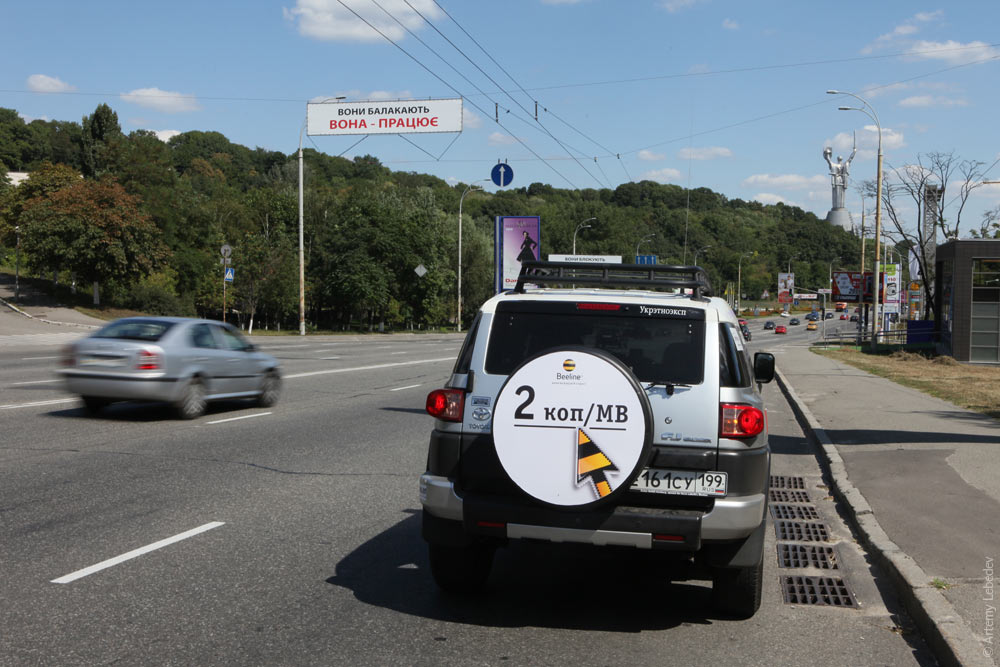 It’s easy and fun to drive around Ukraine. There are lots of interesting cities situated a couple of hours away from each other, so the driving never gets boring. The first thing a person driving into Ukraine from the Russian side will encounter is the phenomenal moral degeneration of its officials. Passport control officers are the calling card of a country. The officers here offer to help fill out your entry form for 50 hryvnas (). And they fill out absolutely everything, including your signature. I’m not joking: a young woman in uniform looks at your passport and copies your signature onto the form. I was worried I’d have problems leaving the country with this document (the handwriting isn’t mine, after all), but as it turns out, no one cares on the way out. The next person to offer his expediting services (“we’ll get it all done in five minutes”) is the customs agent. He asks for “a grand in rubles” (), but easily agrees to a discount. Then he runs around getting all the papers stamped himself, runs back to the car and hands me the completed paperwork. It’s like the people working the land border checkpoints in Ukraine don’t actually get paid. KievMap
A truck height check at one of the entrances into the city. If you brush against the chains, you’re a bit too high. The structure also doubles as an illuminated pedestrian crossing. 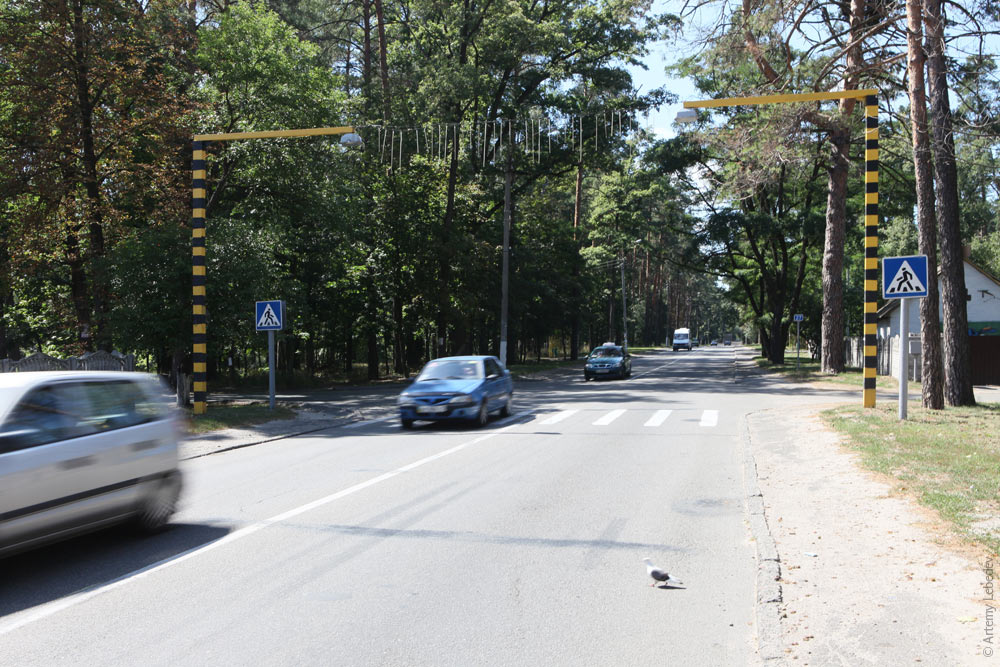 A monument to a garbage truck has been erected in Kiev. It’s always nice to run into a fellow public utilities romantic. 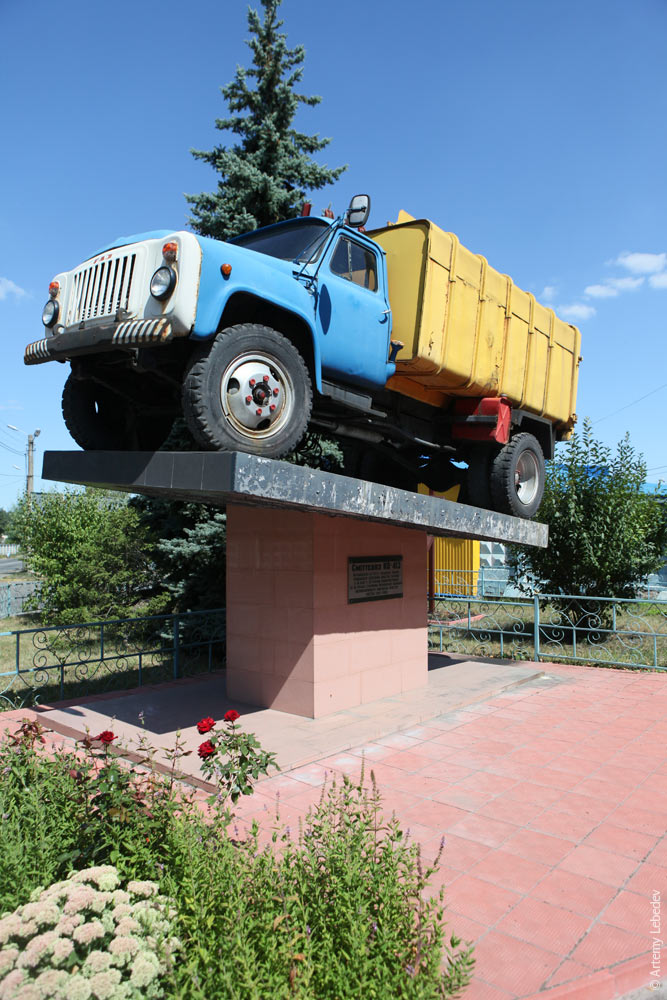 I began with the western part of the country, where I’d never been before. 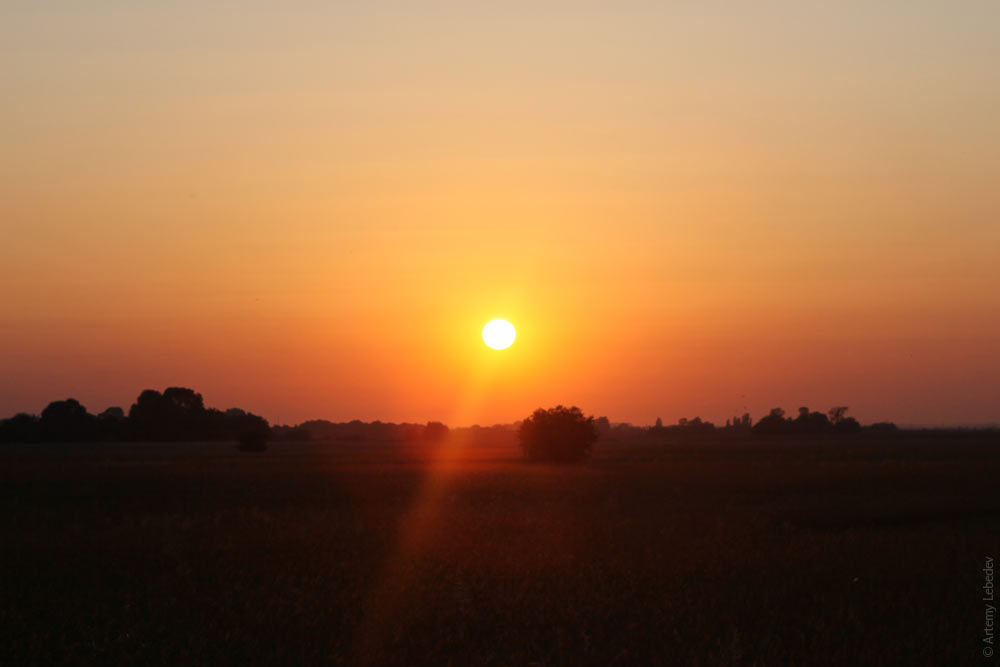 Pre-packaged sets of the junk I usually eat on the road have appeared at roadside gas stations. 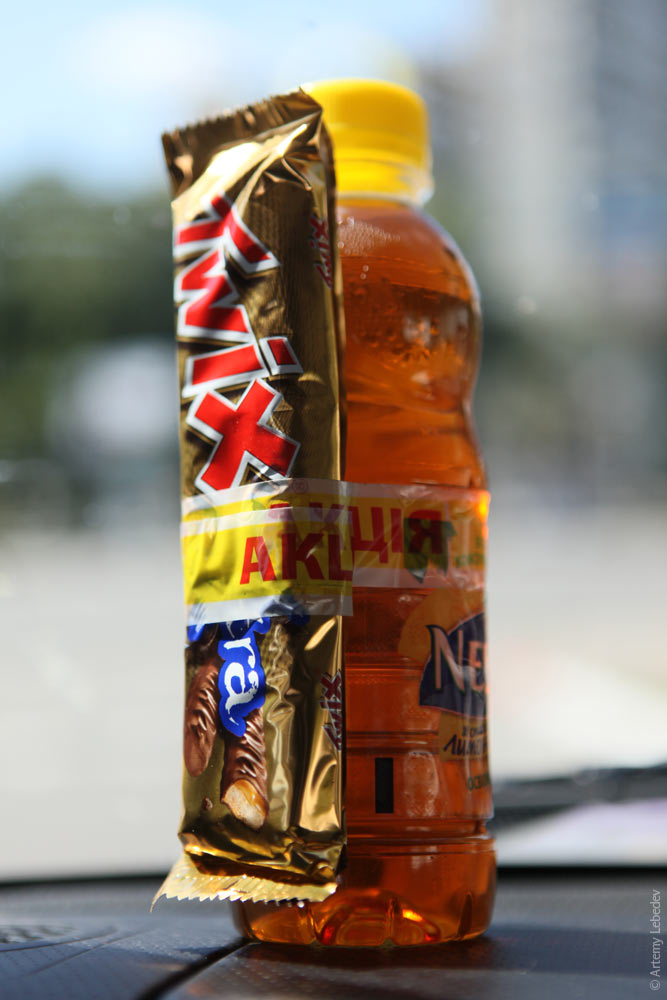 I’ve already written about the crosses that are now set up at the entrance to every populated place in Ukraine. In the west of the country, the crosses are lavish, with a hanging Jesus and multicolored ribbons—very ornate.  The inhabitants of Western Ukraine are family oriented, traditional, very religious, and well off. Practically everyone has a separate cellar next to their house. 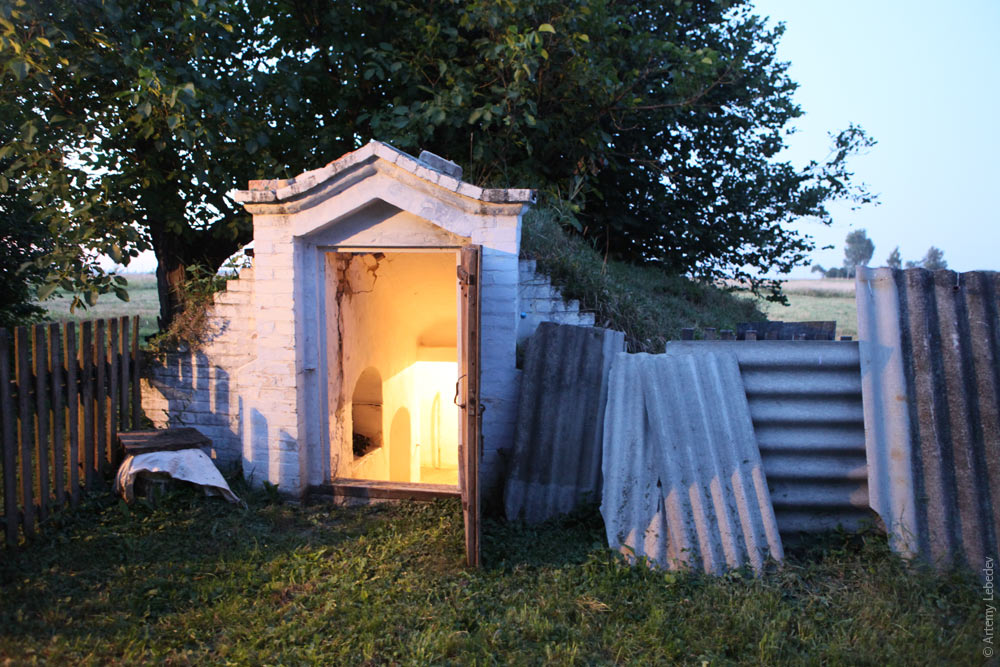 Even this farmstead granny, displaying a traditional mountain of pillows symbolizing prosperity, isn’t that out of touch with modern life with her cellphone around her neck. 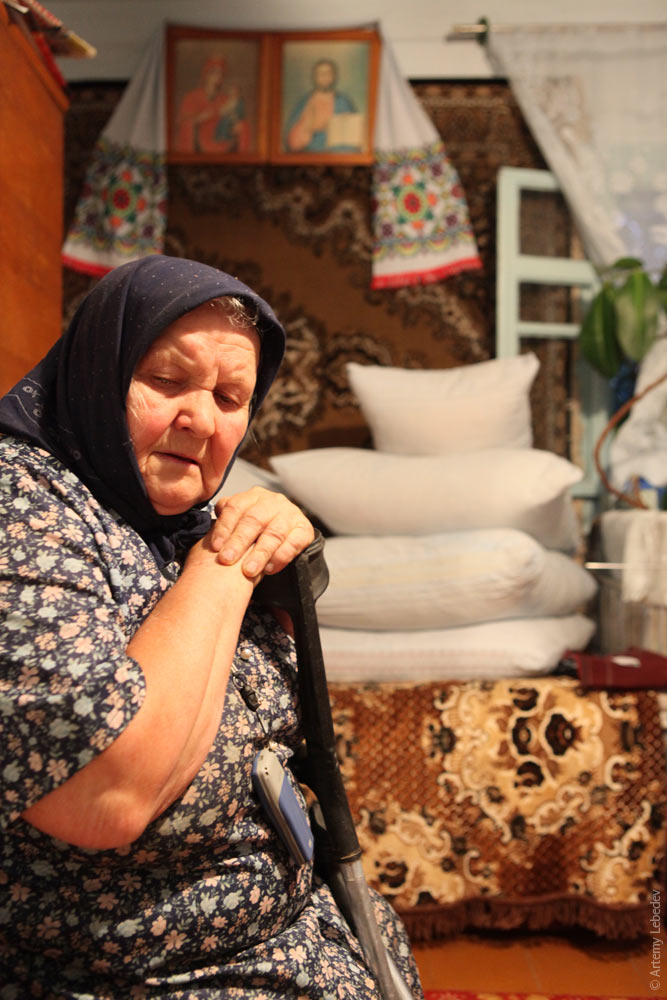 Viktor Andreyevich, the principal of the Stovpin village school, is a saint. 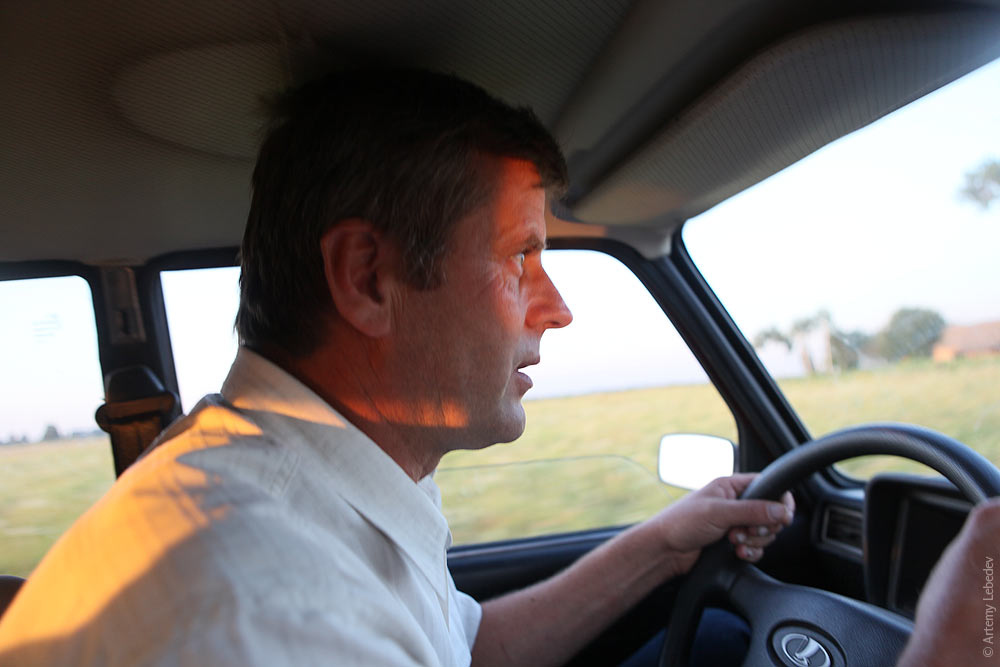 The following historical fact caused great excitement amongst the members of the ethnographic expedition: in 1926, a Polish gendarme ordered the locals to build an outhouse. Until then, everyone did their business in the space between sheds (there was even a special name for it, sutki). It’s a shame no one was documenting the mundane details of everyday life a hundred years ago. Now future generations will probably think the toilet was invented in the times of Jesus Christ. RivneMapThe trolleybuses here are like the ones in Yalta and Chernivtsi—holdovers from the 1950s. 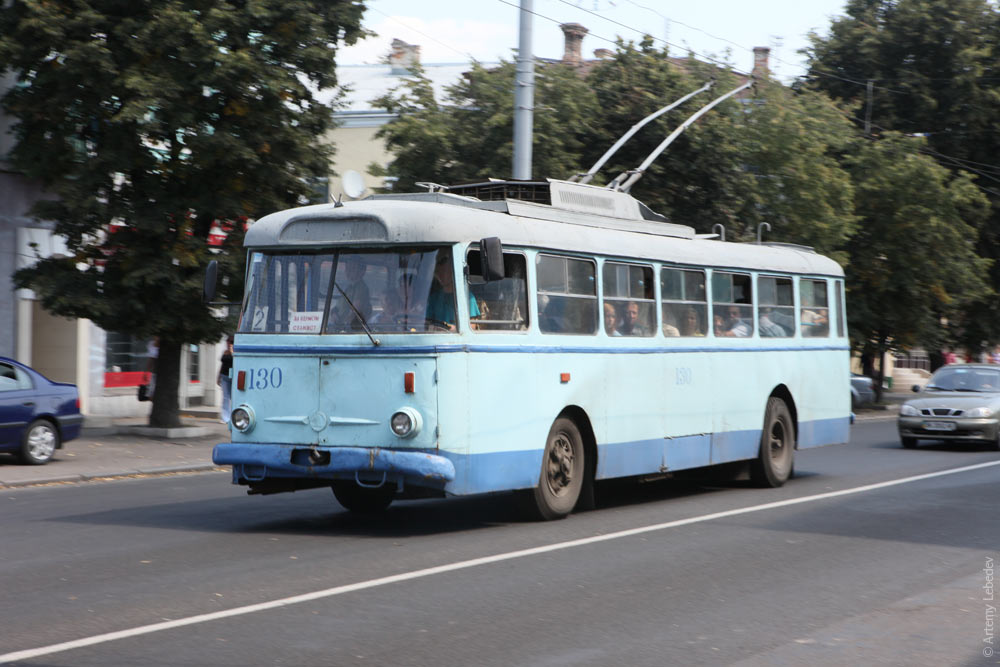 A Rivne traffic light.  Rivne payphones.  A Rivne palm tree. 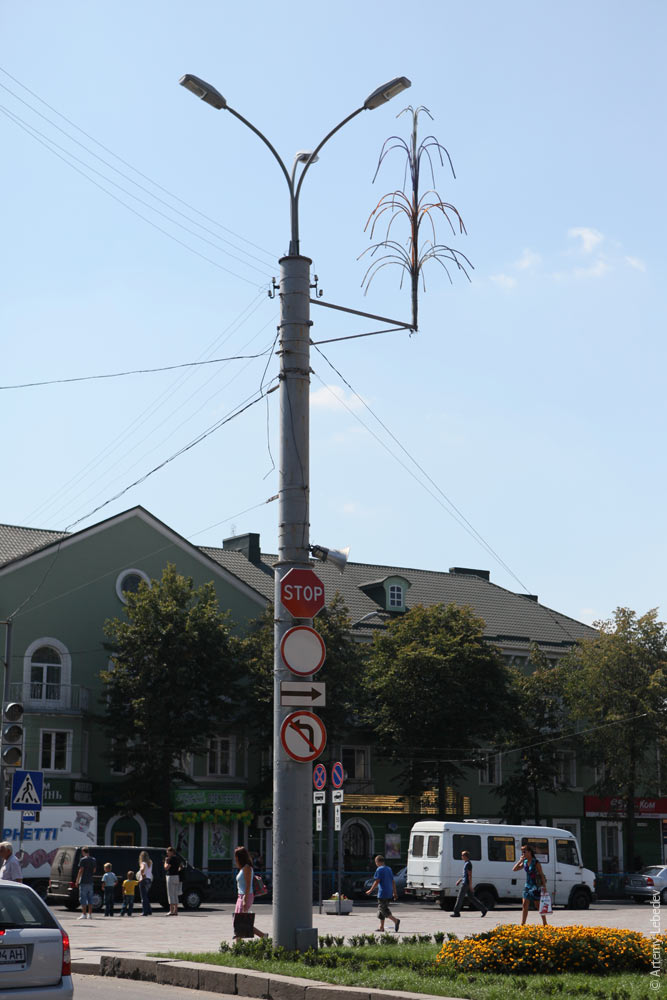 The post boxes here are different from the predominant Ukrainian variety. 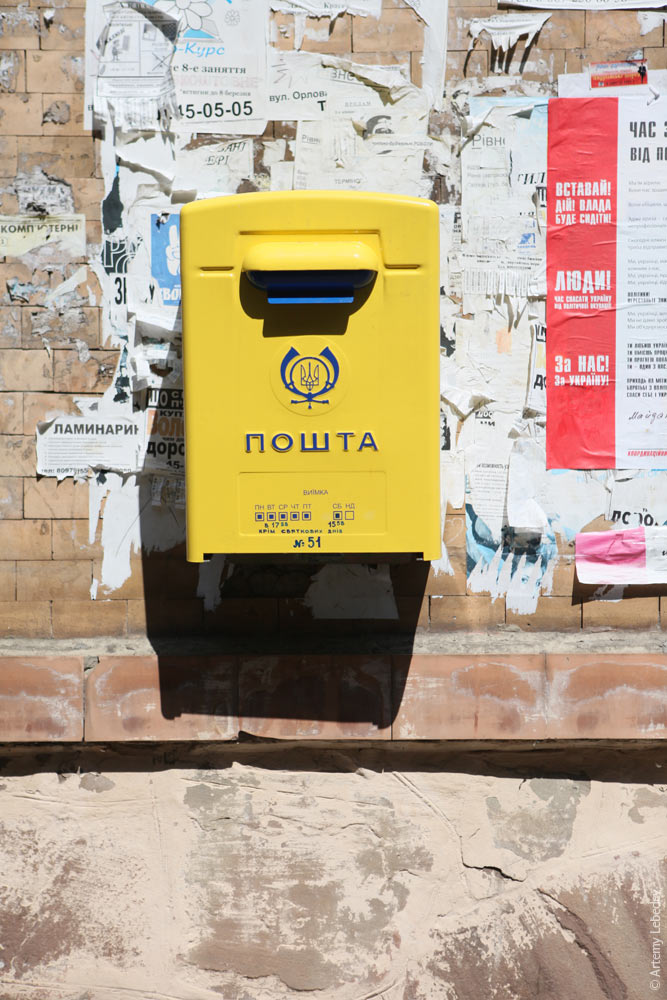 The mailboxes for letters and newspapers are of the rural kind; they look like a communal street birdhouse. 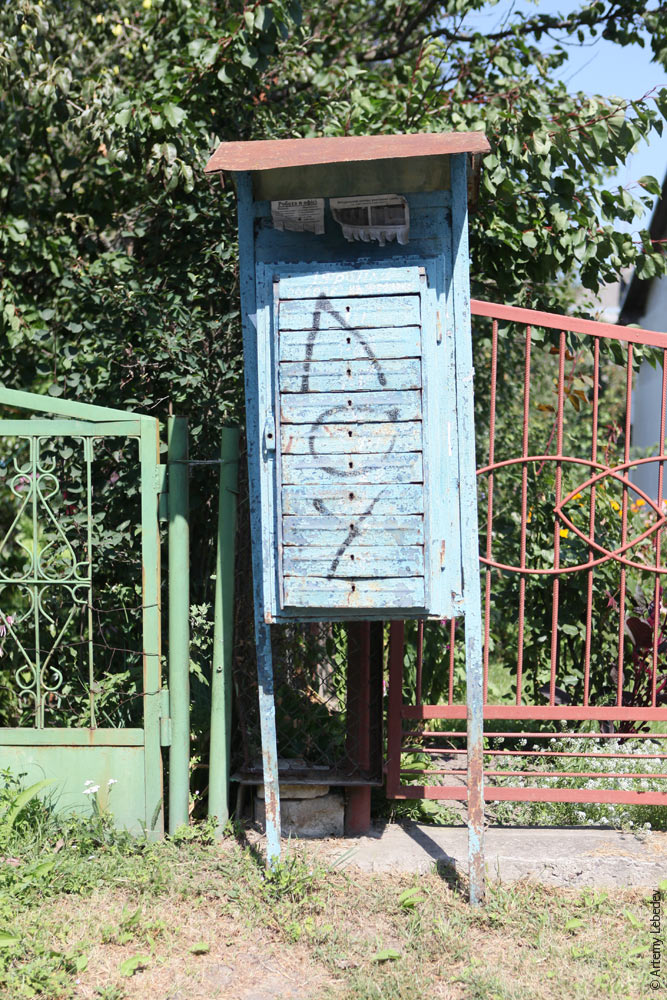 The monument is watching over the excavations in the main square. 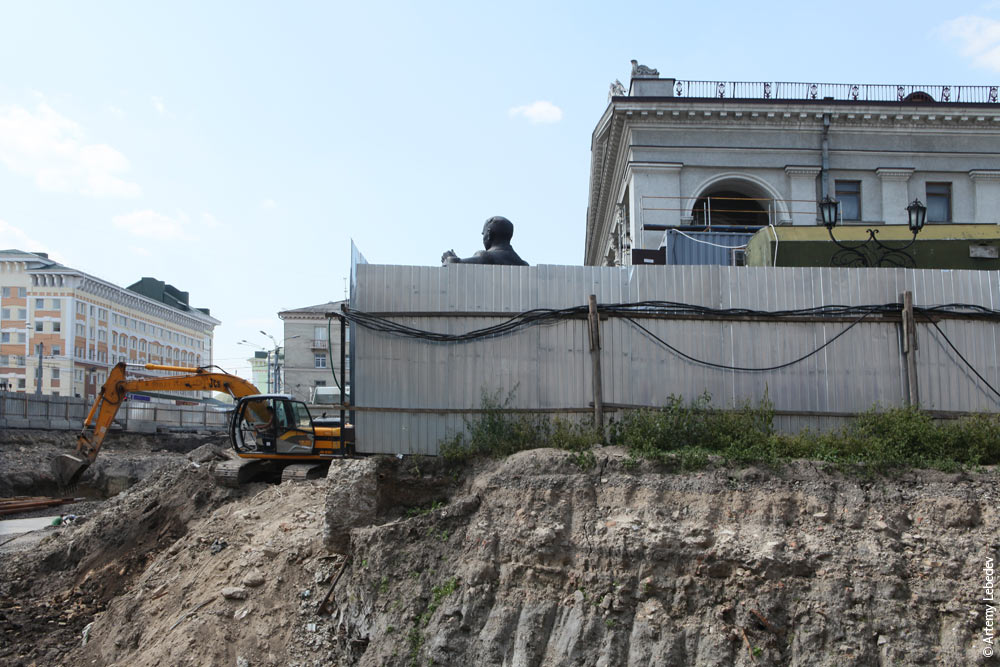 A local crazy person told me he collects newspaper clippings with quotes from politicians. The boldness of his actions lies in the fact that he then confronts politicians with their own words from ten-year-old newspapers. 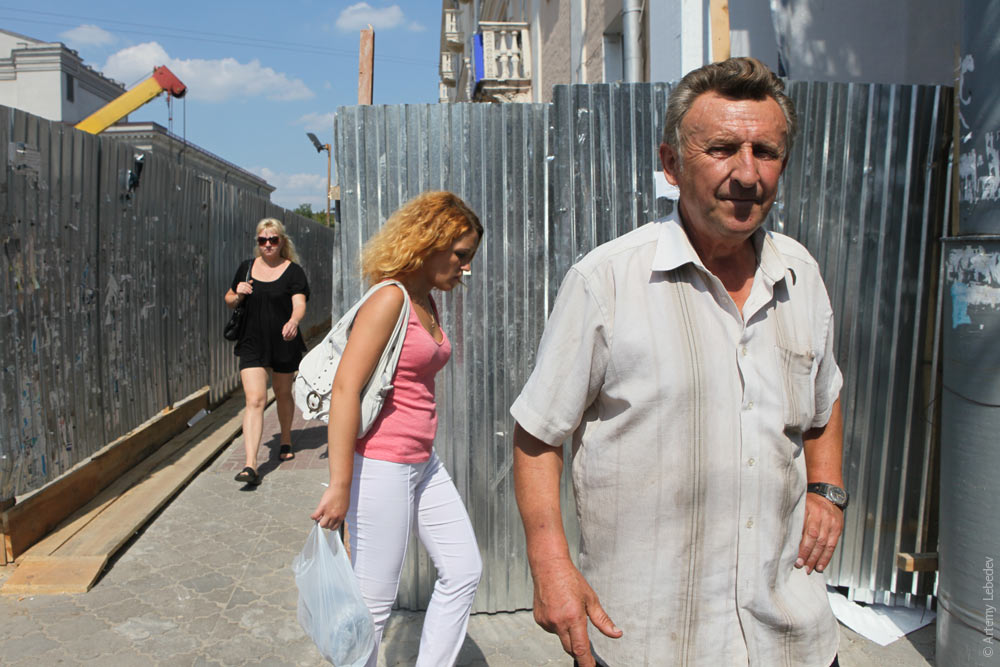 There’s nothing to do in Rivne, really. Totaled cars are displayed along the roads here. While it’s always interesting to see just how badly a car can get messed up in a crash, only fresh accidents have any effect on drivers. Junk metal monuments won’t make them stop and think. 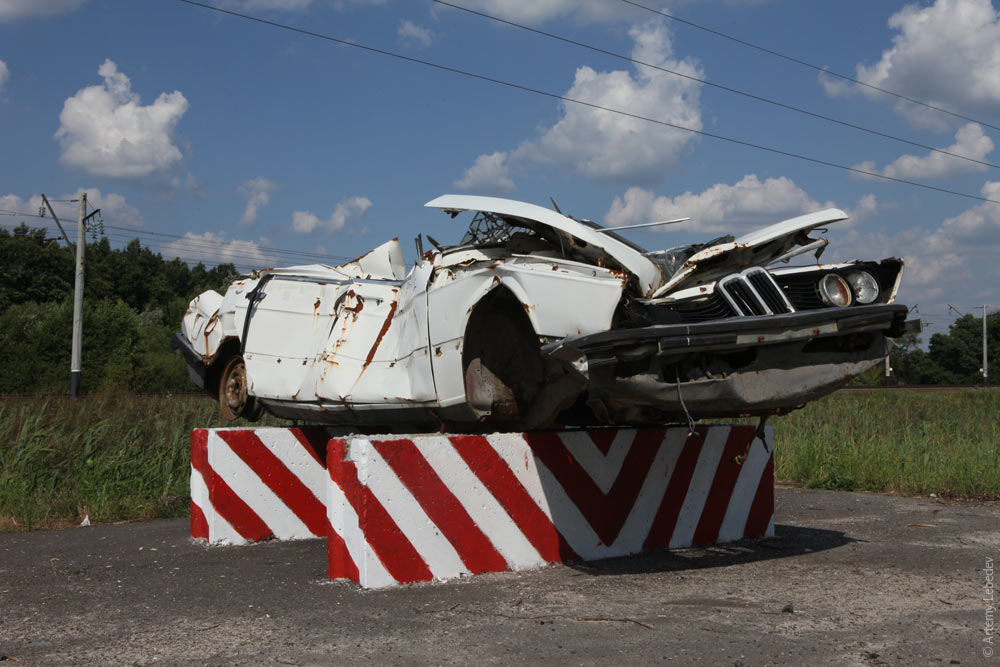 Did you pick up your trash in the woods? The image they came up with for the poster is fantastic. 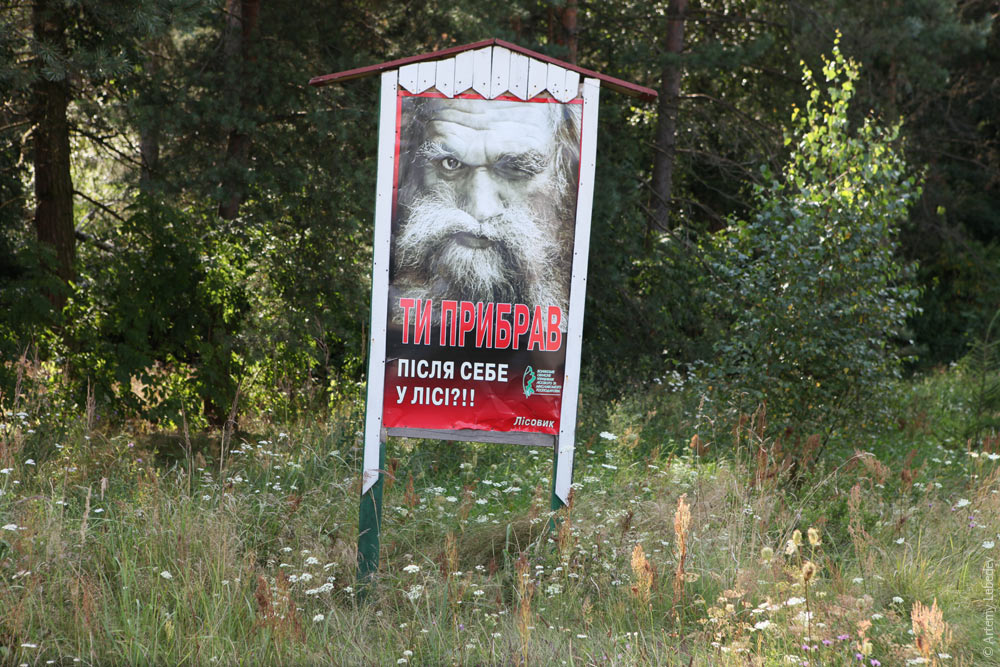 LutskMapThe branded curbstones give away the Polish origins of the city. 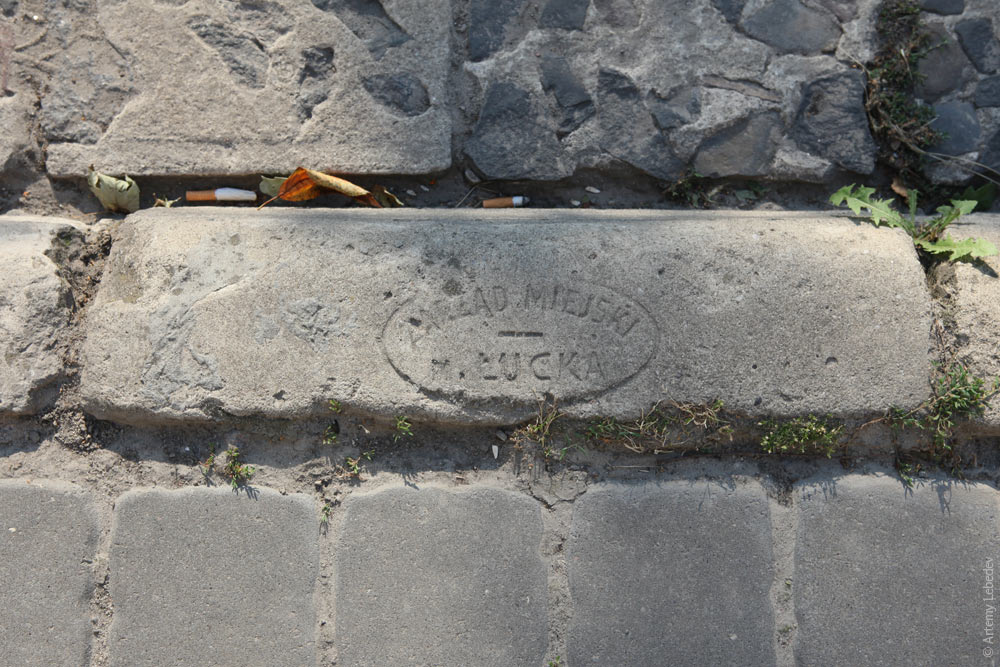 Today, the city is unmistakably post-Soviet. 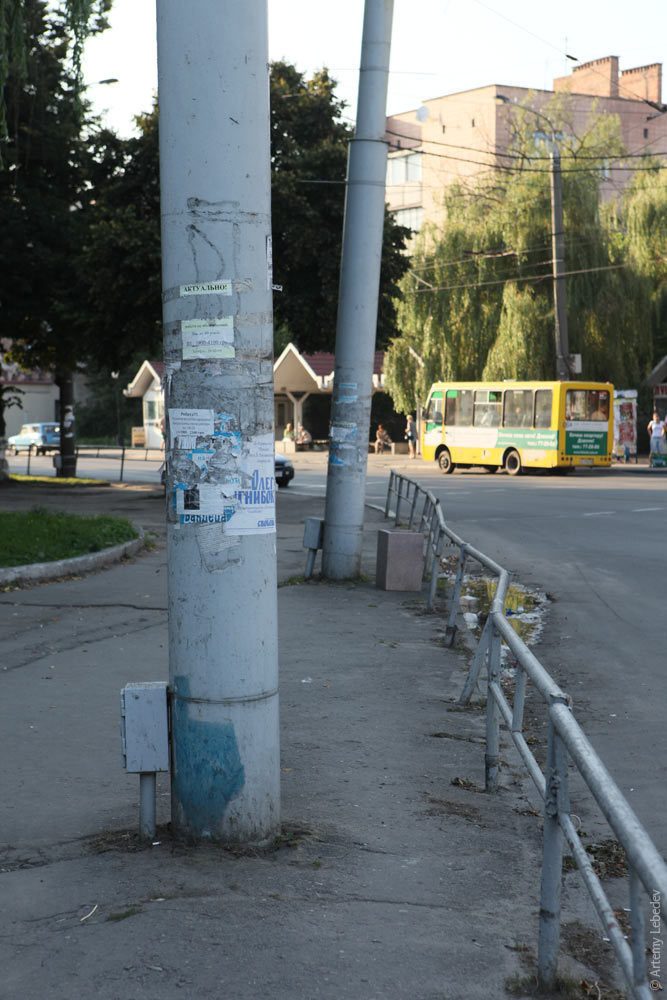 There’s quite a bit to see here. 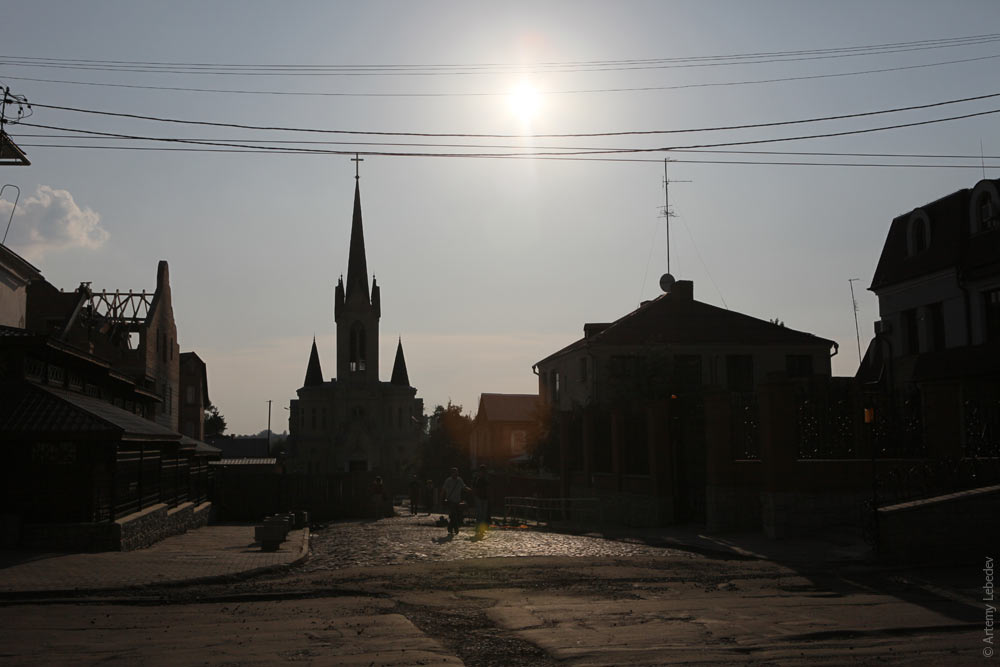 Here, there’s quite a bit to see. 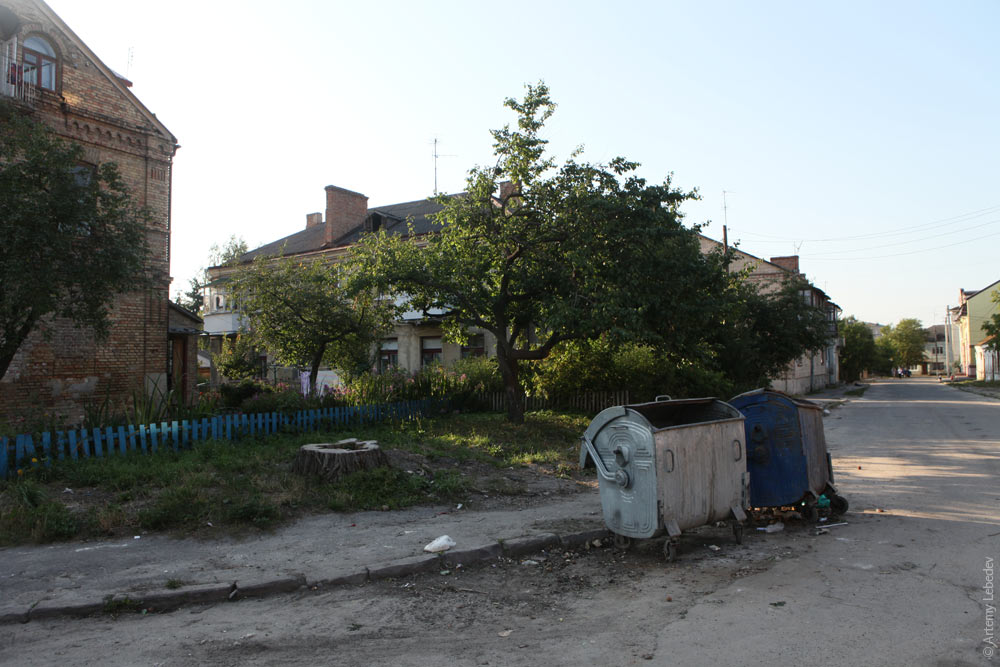 Quite a bit to see here there is. 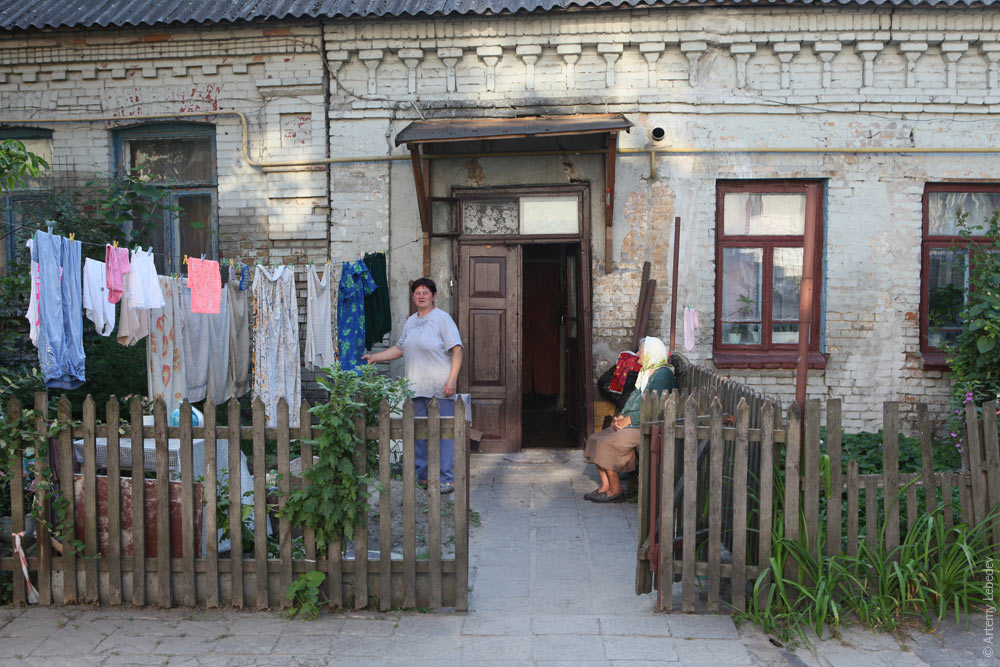 The main tourist attraction in Lutsk is the castle. What makes it interesting is the centuries-old tradition of leaving autographs on its bricks. 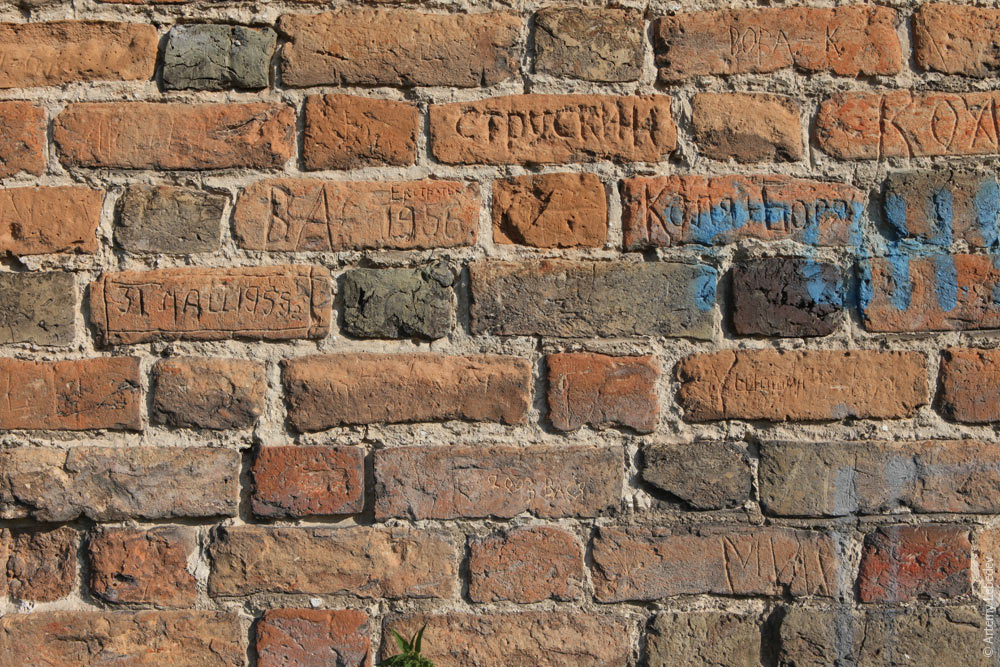 Another tradition that has endured here is putting up wooden fences with decorative diamonds around construction sites. 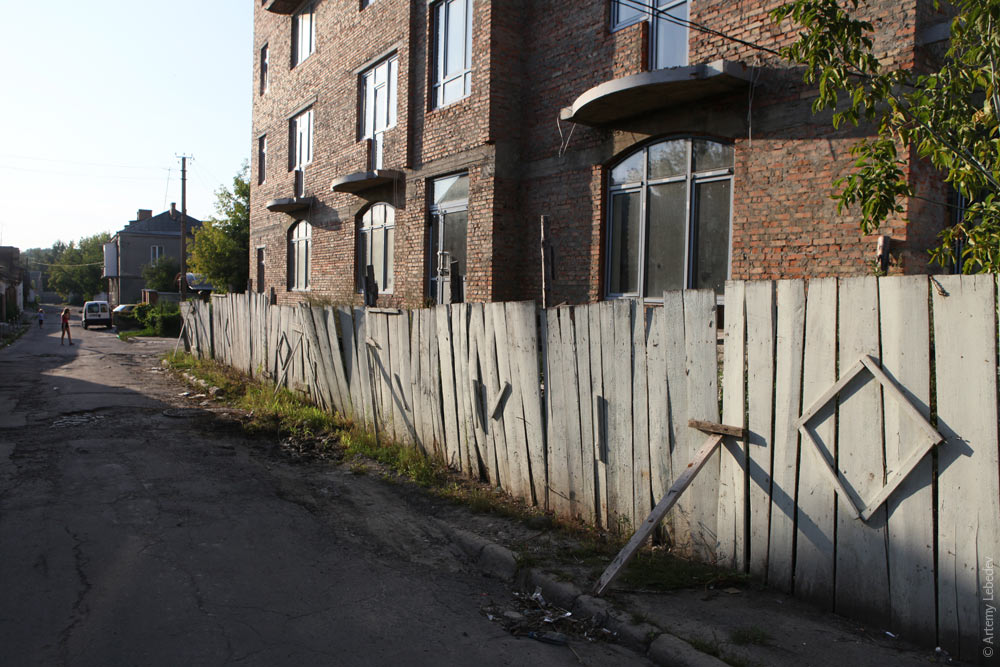 Surprisingly enough, there are real live traffic controllers manning road work zones in Western Ukraine, just like in the Western world. The thing is, real live people behind the wheel don’t always react to traffic light signals. A real person with a flag or a baton has a much better chance of getting their attention. They even have real live flaggers in road work zones in Libya—but not in Russia. 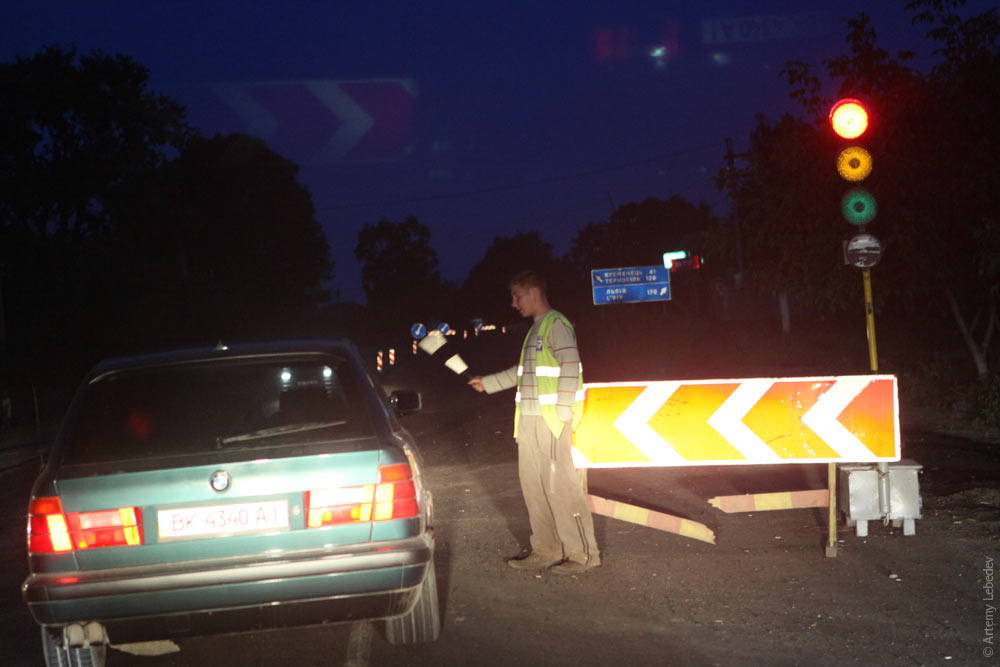 Retroreflectors on the crosswalk, green cat’s eyes to indicate passing is allowed—are we in Scotland? No, this is Western Ukraine. 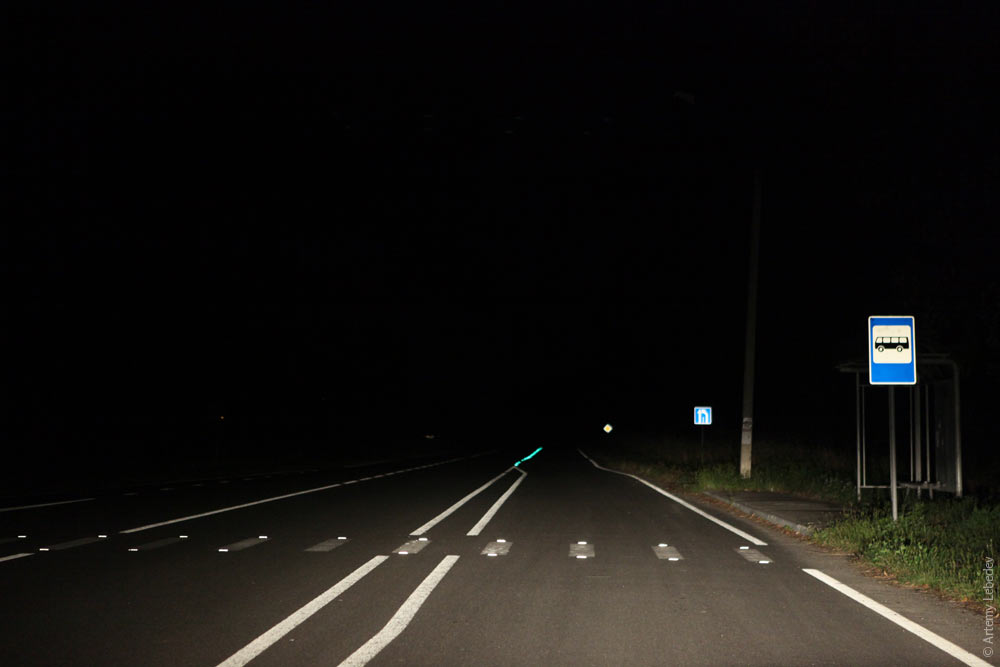 |